The shelves of my father’s study-cum-Tottenham Hotspur shrine, stacked with leatherbound match day programs and soccer players’ autobiographies, belie his life’s true obsession: gorillas. The clues are there, though. A small bronze statue of a silverback makes a heavy bookend. A wooden walking stick, its handle carved into the shape of an ape, is propped in the corner. Remove them — and our hazy memories of tracking black, fluffy balls of muscle through lush African forest could be chalked up to a fever dream. But we really did it.
After a decade of idle talk, Dad and I devised our mission: we’d research gorillas in Rwanda and realize his life goal of tracking them in Uganda. Chunky price tags help ensure exclusivity, and the endangered species’ safety: one-hour gorilla permits cost $800 in Uganda and $1,500 in Rwanda. We studied both countries’ offerings, finding the same experiences on either side of the volcano that divides them. Patient (very patient) staff at Volcanoes Safaris and safari specialists Go2Africa helped us cross-reference direct flights from London with hotel availability, costs and the busy schedules of the gorilla families that are habituated to human presence.
Meetings happen by strict appointment: to avoid overcrowding, human visits are limited to one hour per day, with group sizes capped at eight. We digested footwear and bug spray recommendations and raised our eyebrows at twin rooms and 4 a.m. starts. I began stockpiling silicone earplugs, travel guides and inner resolve: it was finally settled. We’d land in Kigali, before local driver Sam ferried us between Volcanoes Safaris ecolodges, and between countries.
Boots on the ground, we were glad of Sam’s expertise, his garrulous description of rollercoaster green hills and dirt-road chasms underpinning our first cross-border drive.
“Gas is 1,500 Rwandan francs per liter.”
“Mark, Amy, look. That lady is wearing an England shirt!”
“Rwandan tea is the best. Your queen drank our tea.”
Half of Kigali’s traffic chaos is caused by moto taxis. A swarm of red and yellow branded helmets indicated Africa’s digital revolution; red for Airtel, yellow for MTN. Dad joked about buying shares (“not Airtel — Arsenal’s color”) as we passed pumpkin farms, potato patches and kids carrying firewood through streets lined with golden bamboo.
We headed north toward Musanze, the farm-to-fork agricultural hub responsible for what had already been an unforgettable first night. We’d been lucky to get a table at Kigali’s celebrated Meza Melonga, its menu assembled from some 400 colorful crops growing in the foothills of Volcanoes National Park. Chef Dieuveil Malonga’s experiments draw from his travels to almost fifty African countries: black lemon palate cleansers, gazpacho dotted with ananas and beef with cream of garlic sweet potato, served with South African Sauvignon Blanc. Our first impressions of Rwanda? Abundant and brimming with ambition, just like the thirty-two-year-old entrepreneur.
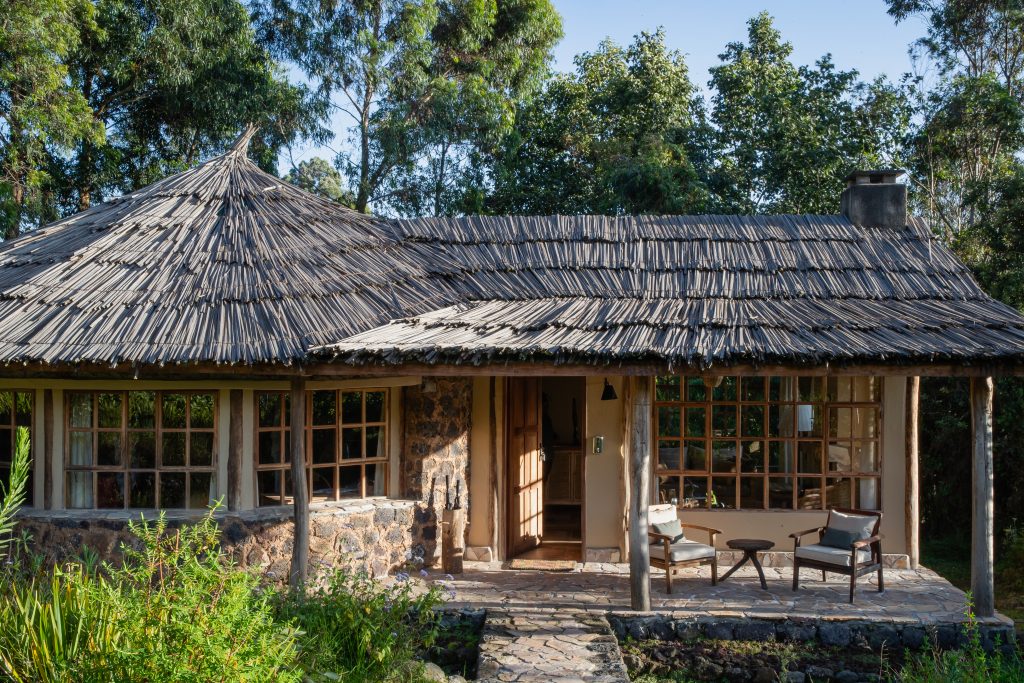
Sam weaved us in the direction of the Ellen DeGeneres Campus of the Dian Fossey Gorilla Fund, another inspiring project. Here the pioneering work and spirit of gorilla conservationist Dian Fossey is continued, long after her tragic murder on December 26, 1985.
Inside, a Canadian tourist enquired: “Do they know for sure she was killed?”
“She was decapitated with a machete in her research cabin,” came the swift reply.
Where there are gorillas, there is civil conflict. Habitat deforestation, disease transmission from humans and poaching have threatened gorilla numbers for decades. Struggling communities sharing land with primates weighing up to 530 pounds consider them at best a nuisance and at worst valuable bushmeat. A team of specialized veterinarians now works with conservationists to support the remaining population of around 1,000 mountain gorillas across the equatorial African rainforest — and crucially, their neighbors. Slowly, sustainable tourism and education efforts are changing beliefs as locals realize that gorillas are worth more alive than dead.
We examined gorilla skeletons in the adjoining laboratory, their spines riddled with arthritis, jaws indicating gum disease and fingerbones twisted by snares. We learned the sad fact that gorillas have evolved to recognize manmade traps, even destroying them upon discovery. They share 98 percent of their DNA with humans; it’s incomprehensible that our species could hold the majestic creatures in such contempt. The researchers measure cortisol levels through fecal samples; findings show that human presence does not cause gorillas stress, though we do hurt them through climate change.
We were heartened by a reminder of Rwanda’s world-leading conservation efforts: the guides, trackers and porters of the national parks are the real heroes. Our guide reminded us that tourist dollars make this endeavor possible; the boost our heavy hearts needed before we climbed back into the 4×4. A right turn soon took us into Uganda and a step closer to meeting them.
Thatched-roof private bandas at Mount Gahinga Lodge boasted rainfall showers and luxurious beds — every comfort one could need before following wild animals through an unknown forest at altitude. A surreal moment: being gently woken by staff singing their way down the garden path, delivering hot coals for the morning’s fire, and coffee. Pulling on an African wax-print robe to answer the door, I got goosebumps.
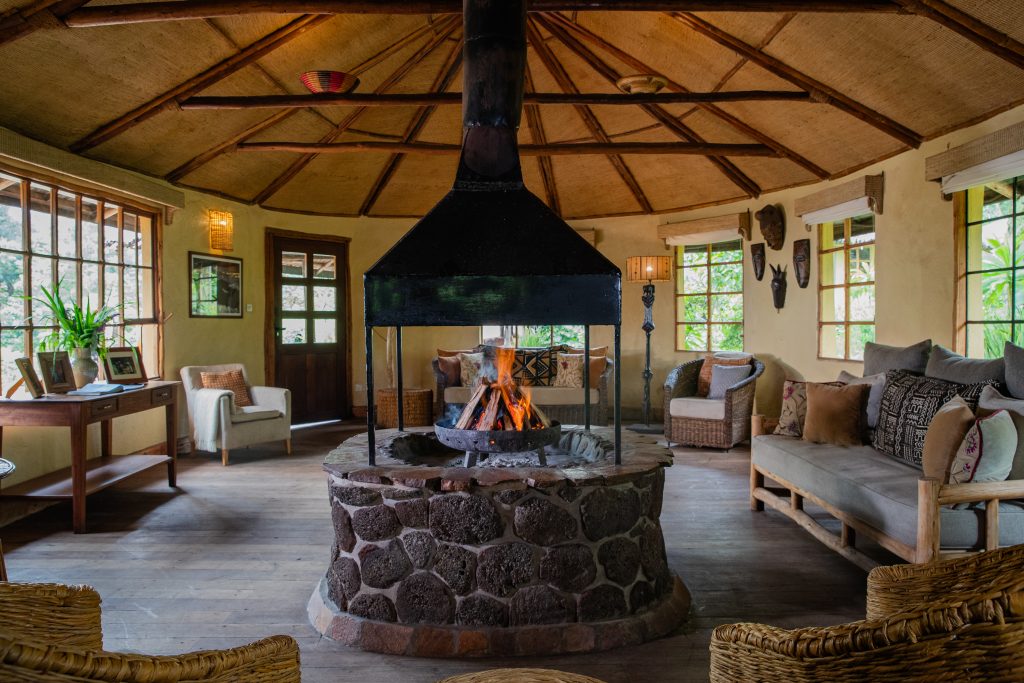
Over spinach pancakes and fried eggs, Dad and I admitted that sleep had escaped us. Powered by Rwandan coffee and adrenaline, we were fitted with gaiters, then walked directly out of the lodge’s grounds into Mgahinga Gorilla National Park. Here you can bank on an intimate trekking experience — just one group spends an hour with the park’s sole family of habituated gorillas each day.
“You’ll track the Nyakagezi family. Three silverbacks. One died recently,” our guide explained. “Two infants, two adult females, one juvenile. Their leader is a dominant silverback. His name is Mark.”
We choked back laughter, our guide unaware of the joke.
“Usually, when a dormant silverback is overthrown, he is banished and dies in isolation. In this group the silverbacks have a bond.”
Asking our names, the team went to Dad first.
“Mark,” we laughed. A good start. They’d named the gorilla after a German tourist he’d become fascinated by some years ago, sitting on his boots as he snapped a thousand photographs. Dad hoped his name would bring similar luck, as we followed trails of broken branches, dung and the odd knuckle print.
We began our ascent, our group leader hacking through thick patches of vegetation and pointing out plant species. Stopping to rest, our nerves spiked as porters and trackers exchanged hand signals. They were here. We gratefully put down our walking sticks and put on face masks to protect them from any germs we might be carrying.
There, in a clearing, were two definite, moving black dots. Aided by the occasional thwack of a guide’s machete, we slowly followed them, hearts pounding. Eventually the primates settled on a verdant hill, thick with leaves — their lunch. Five or six gorillas scattered around us, settling to eat as we could only watch in awe. I’d heard gorilla tracking described as humbling, even life-changing, and it was. To stand in the jungle among the creatures is to escape, really escape the trappings of modern life for a fleeting moment, as if smartphones and airplanes never existed. The experience is thrilling, primeval, even somewhat spiritual.
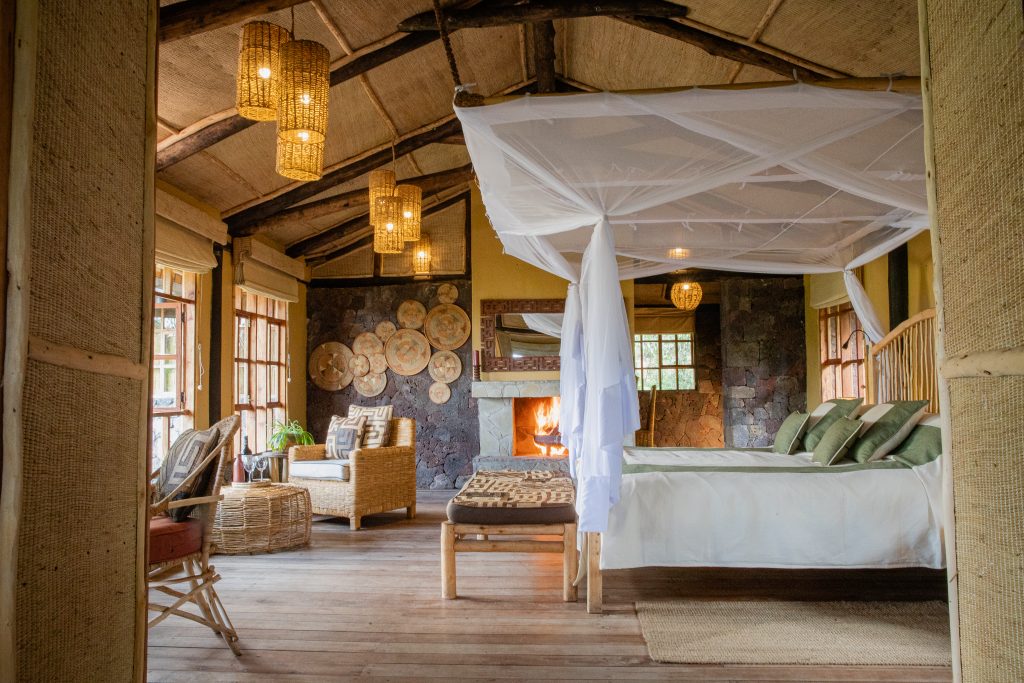
At some point a silverback chose a new path, knuckling slowly but purposefully toward me. I froze in fear, feeling Dad instinctively pull on the back of my T-shirt as we tried not to breathe. As the great beast gathered up two young family members, I was reminded of being a kid myself.
An infant rolled into view, spinning and playing, even beating her tiny chest before climbing a tree in pursuit of her mother. A larger one lazed on his back, woozy from a full belly, vaguely registering our presence while thoroughly picking his nose. We became transfixed by another, grunting with the physical effort of uprooting thick shoots. Exhausted, he threw himself down and sighed in an uncannily relatable way.
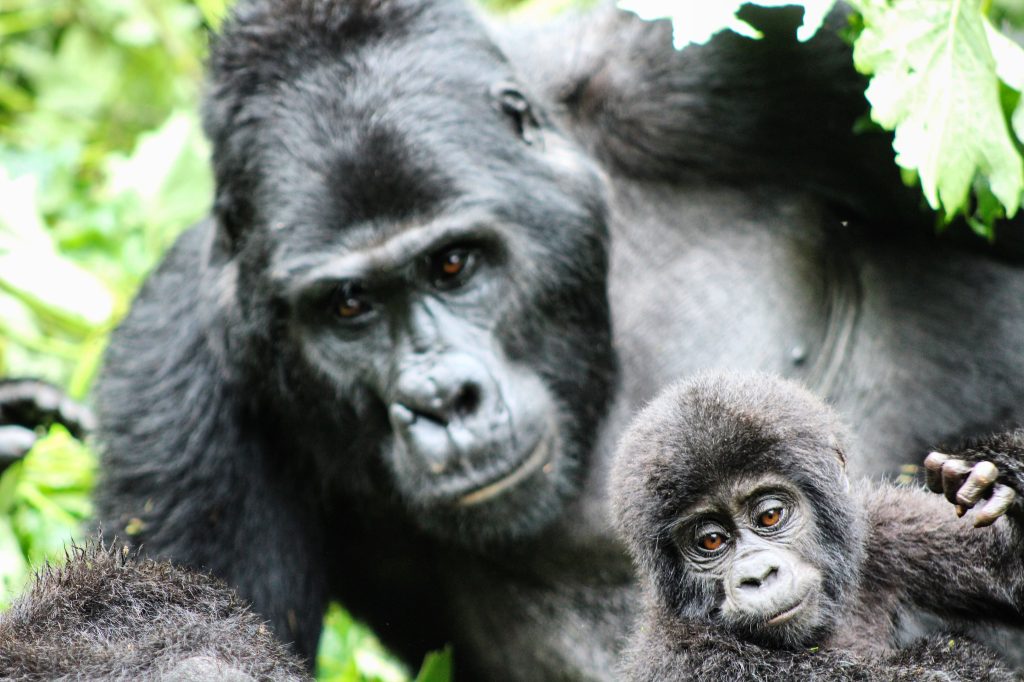
As we picked our way down the volcano past local homesteads, I remembered a passage from Fossey’s memoir, Gorillas in the Mist: “I could not get used to the incongruity of observing gorillas to the accompaniment of the sounds of villagers’ voices and the mooing, bleating and crowing of their livestock and fowl.”
I’d chosen Volcanoes resort for their mission to support both the gorillas and the people their presence affects. Back at the lodge, we took a walk through the adjoining Batwa village, purpose-built to rehome the oldest surviving group of indigenous people in the Central African region.
Lunch packs stuffed with “Rolexes” (omelets rolled thin with chapati), samosas and tree tomato juice, we made the drive to Bwindi Impenetrable National Park from Kisoro. For three hours Sam navigated bumps, fissures and winding tracks, taking us to the home of half the world’s remaining mountain gorilla population.
Coated in red dust, we were relieved to see Bwindi Lodge’s stunning bandas, perched on the edge of a gorge filled with baboons, African sooty flycatchers and splendid black bee-eaters. Many species found here are nowhere else on Earth; guests spot dozens from private verandahs, sipping African spiced tea.
At Bwindi, the tracking experience is broader. According to physical ability and desired trek length, 168 people are divided across several habituated families in the national park each day.
“Thank you for coming here. We want you to act as ambassadors. It is because of you that we can keep the gorillas alive,” welcomed a guide.
Looking out for duikers, buffaloes, golden cats, bush pigs and civets, we were warned not to trip over elephant footprints. In our group was Conservation Through Public Health founder Dr. Gladys Kalema-Zikusoka. She explained the need to wear masks: “Gorillas easily pick up Covid and scabies.” She reminded us to use porters and to buy souvenirs to support the local economy in growing gorilla numbers.
I was grateful for Dr. Gladys’s company. For one thing, her narration of a dominant silverback mounting a young female made the trip’s unexpected finale (slightly) less awkward. I was reminded of watching TV with my parents as a teen, cringing through excruciatingly long sex scenes. This time, no one could change the channel. When the show was over, the group giggled over the videos everyone had scrambled to capture. “I mean, when are you going to watch those back?” I demanded.
Another, perhaps equally embarrassed ape signaled the end of our visit with a long, loud fart. Still, this was the most magnificent thing Dad and I had ever watched together.
Amy’s trip was sponsored by Go2Africa and Volcanoes Safari. In the off-season, rates at Bwindi Lodge and Gahinga Lodge start at $710 per person per night shared. High season would be $1,185 per person per night sharing. To raise funds, Go2Africa offers four enhanced experiences with the DFGF, starting from $100. All proceeds are donated to the Fossey Fund’s local children’s outreach program. This article was originally published in The Spectator’s October 2024 World edition.



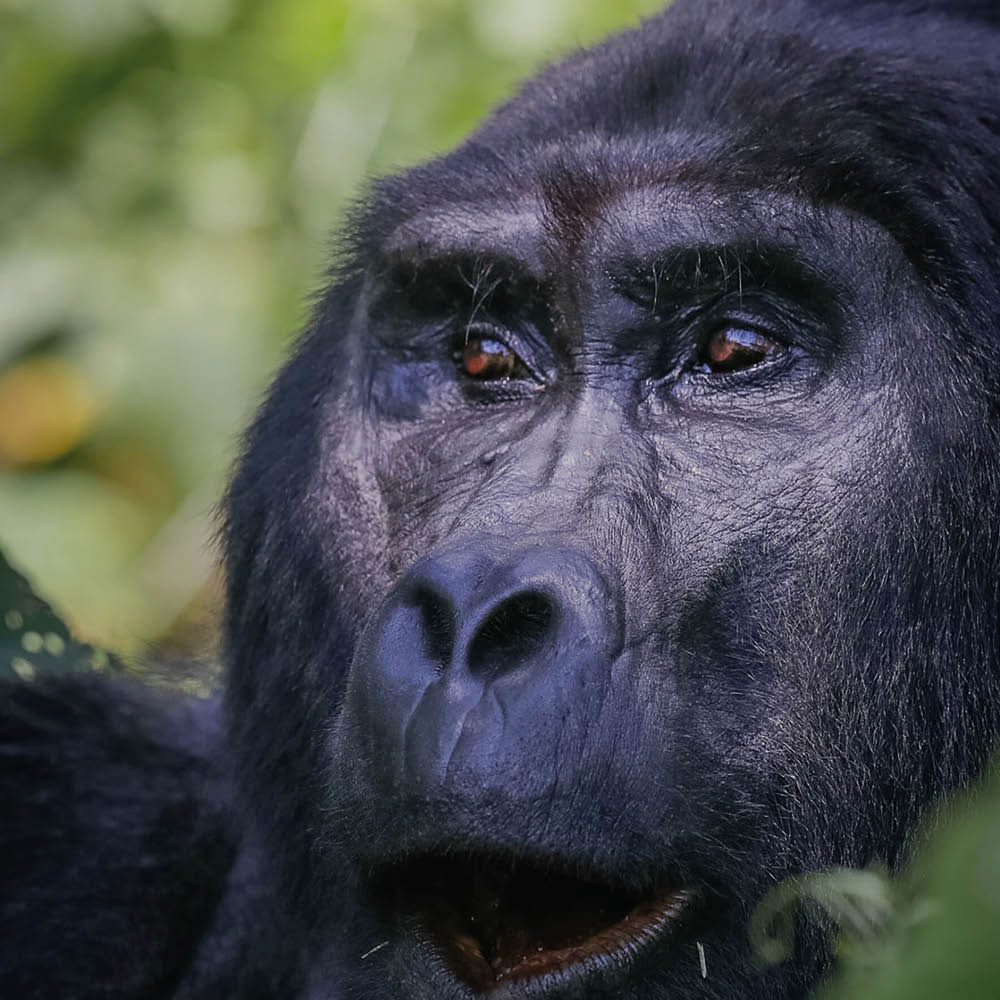






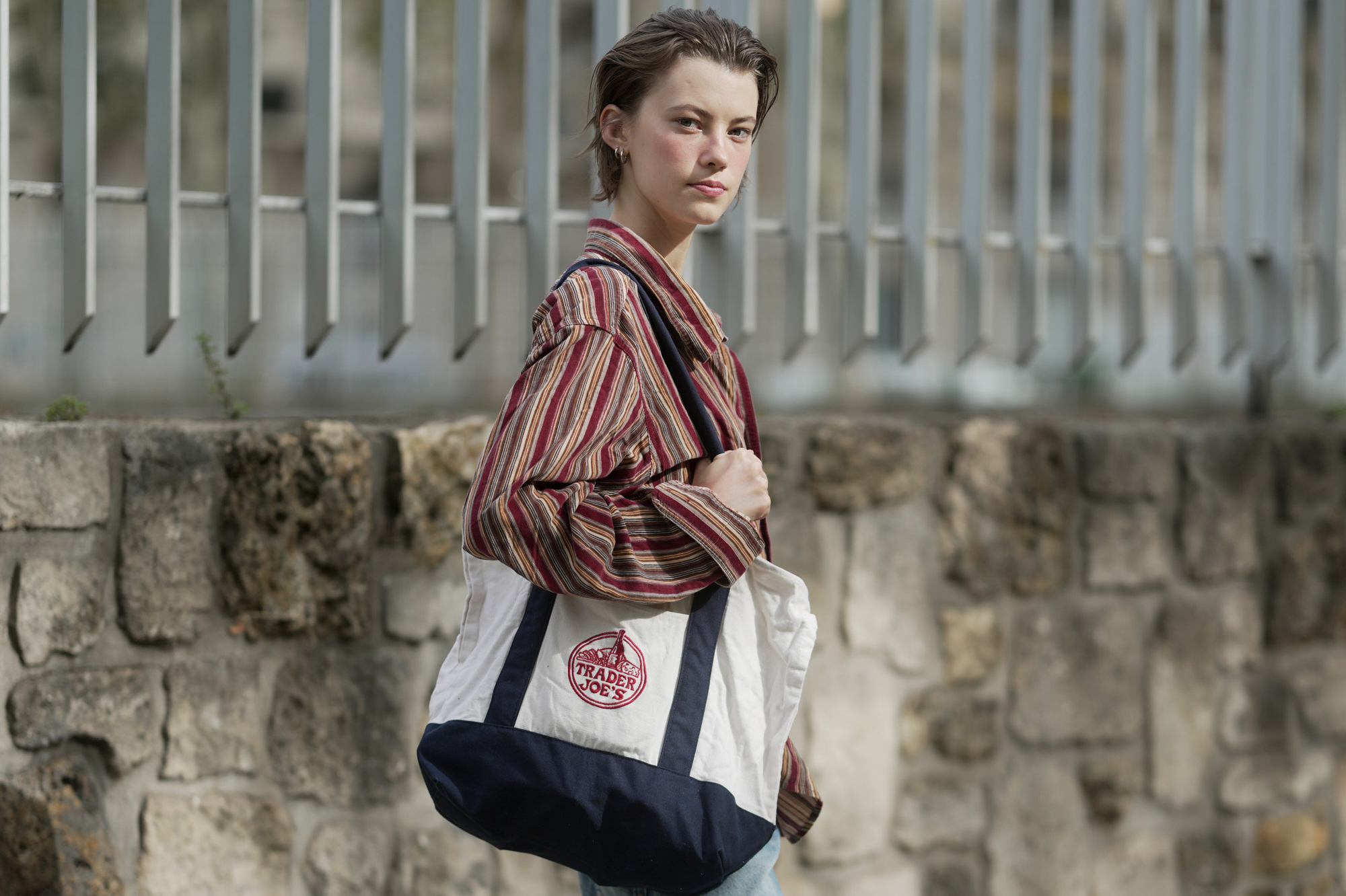

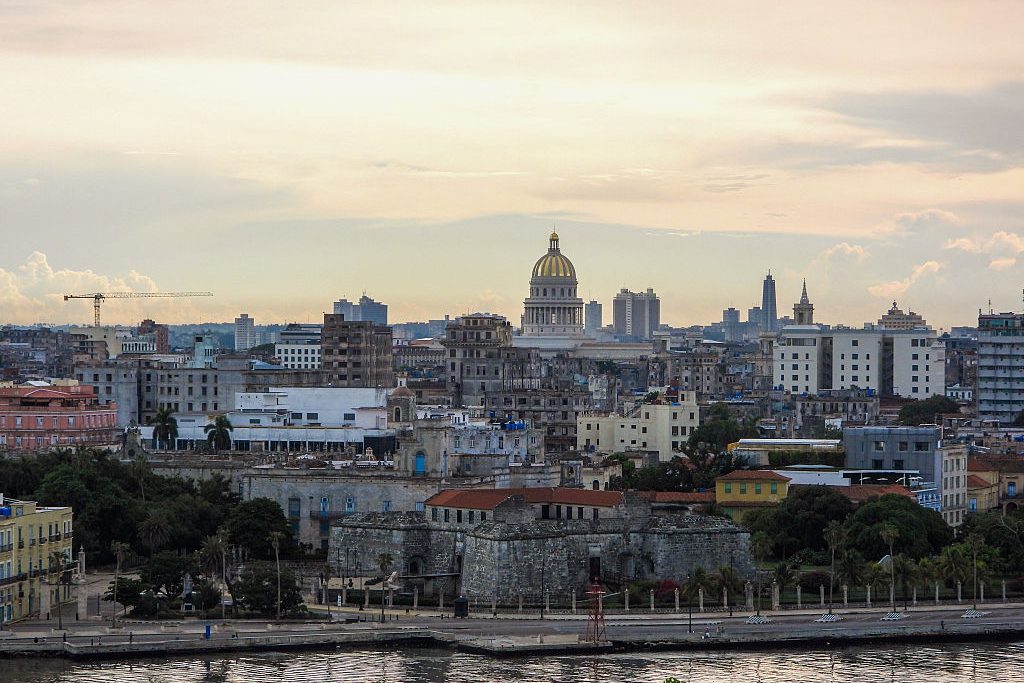

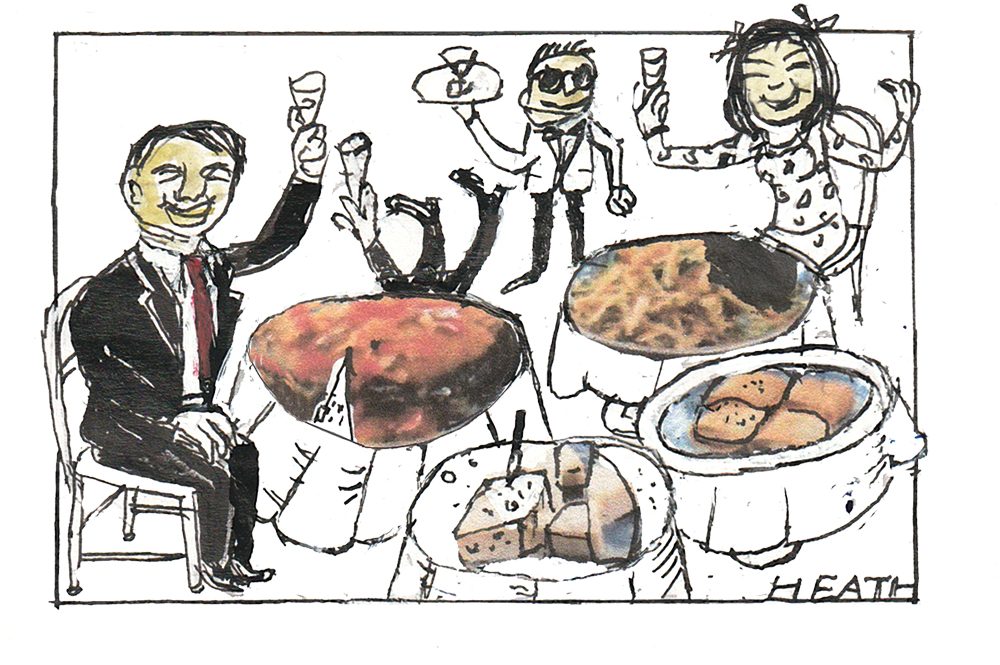
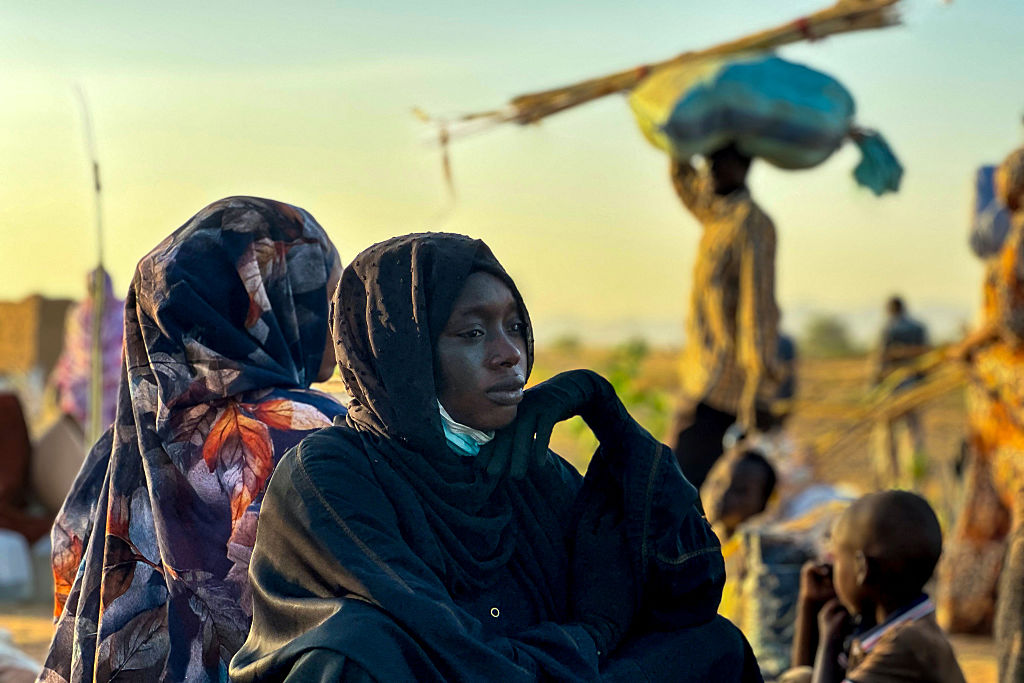







Leave a Reply